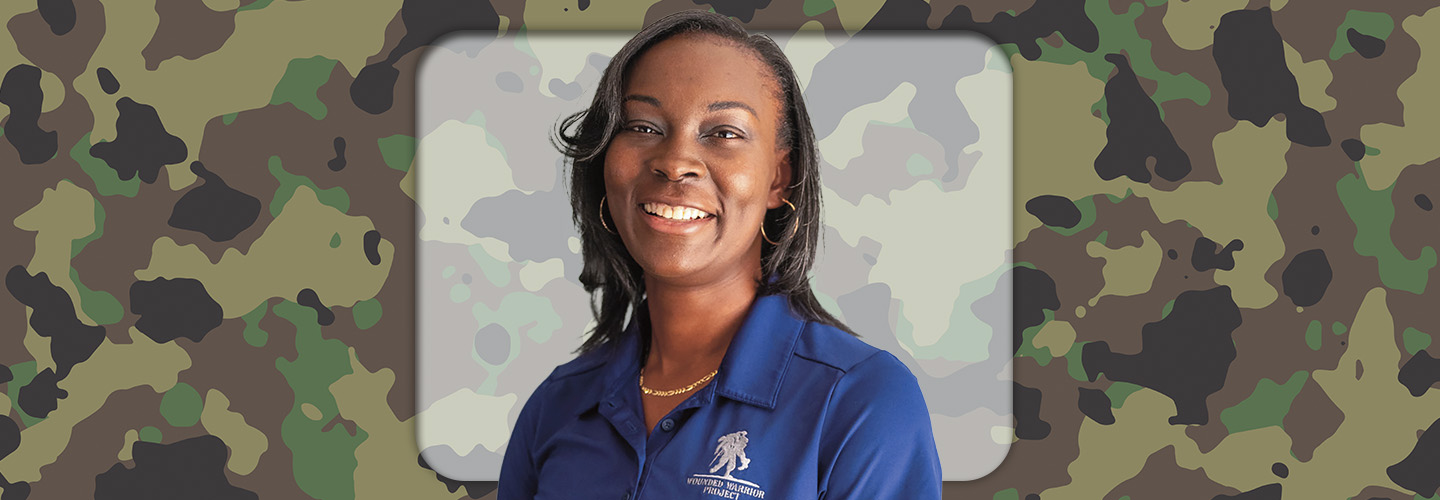Bob Croslin/Getty Images for Scholastic
Danielle Green couldn’t feel anything. Her ears were ringing, and there was dust everywhere. It was May 25, 2004. Green was a military police officer in the U.S. Army.
She had been patrolling the rooftop of a police station in Baghdad, Iraq. Suddenly, an explosion from an enemy grenade knocked her off her feet.
“I thought it was like a scene from a bad movie, like I was dreaming,” Green recalls. “But then I realized no, this is real.”
As the numbness wore off, Green felt a rush of pain throughout her body. She knew she was injured but couldn’t tell how badly.
Her fellow soldiers carried her down the stairs. She was taken by helicopter to a nearby military hospital.
Green woke up several hours later. She looked down and realized most of her left arm below the elbow was gone.
She knew then that her military career was over. And her life would never be the same.

